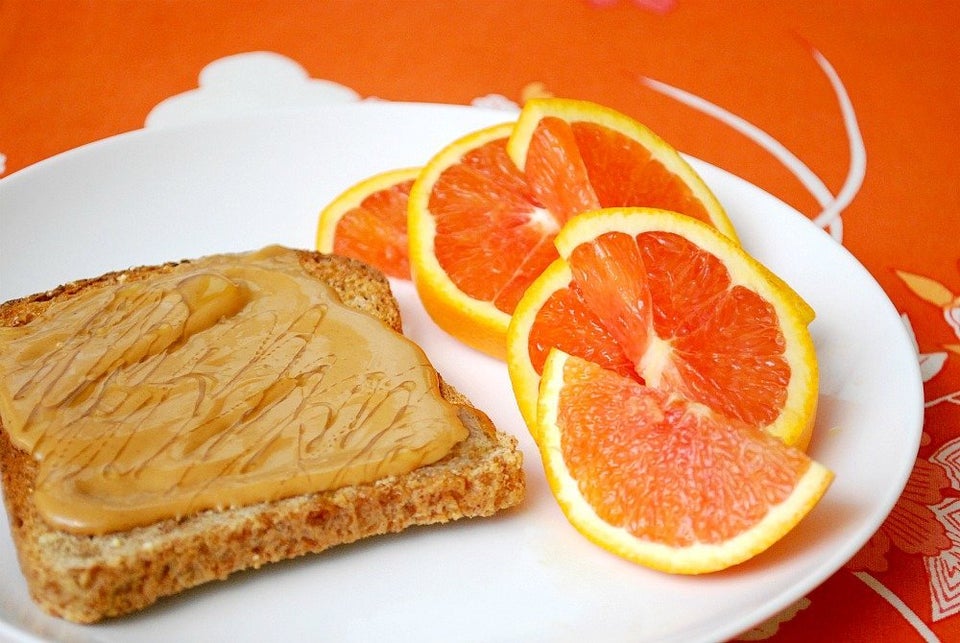Sugar is the tobacco of the new century, according to investigative science journalist and author Gary Taubes.
With a powerful lobby and a huge consumer base, there are obvious parallels to tobacco, which for decades we didn’t know to be addictive and linked to lung cancer and other diseases. Taubes says sugar is making us dependent and sick, too.
“You can’t think of sugar as a benign pleasure,” Taubes, who is the author of the new book The Case Against Sugar, argued during a recent Facebook Live interview with HuffPost’s “The Scope.”
The average American consumes 82 grams of added sugar per day, which is more than three times the maximum of 25 grams per day for women recommended by the American Heart Association. For decades, the science has shown a clear link between a diet high in added sugars and chronic conditions like obesity, diabetes and heart disease, but it’s taking a long time for the average American’s diet to catch up.
A big part of the problem is the high sugar content of most processed foods, Taubes says. When questions emerged about the role of dietary fat in heart disease, starting in the 1950s. Many American food companies began to remove fat from their processed foods to market them as healthy products. But they weren’t all that healthy, since the fat ― which is what gives food much of its taste ― was often replaced with high amounts of sugar to restore flavor.
What’s more, the actual research on the dietary fat-disease link isn’t as clear-cut as nutritional advice from that era makes it seem. While some population-level studies have found a relationship between a low-fat diet and improved heart health and longevity, investigations of the role of dietary fat on individual risk never really demonstrated what researchers set out to prove: that consuming fat resulted in increased risk of disease.
“We started to do tests in the ‘60s, and the tests resolutely refused to confirm the idea,” Taubes said. “But the more tests you do, the more people assumed it had to be true.”
By that time, the idea had caught on so much that the growing counter-evidence didn’t seem to matter. Low-fat diets took off, and were institutionalized by new USDA dietary guidelines advising people to restrict their fat intake.
“The next thing you know, for 30 years, we’re all eating these low-fat diets,” he said. And the problem wasn’t necessarily that people were eating less fat, but that they were generally eating more sugar.
Watch the video above to hear more from Taubes about how fat came to be seen as the number-one dietary villain.
CORRECTION: A previous version of this story stated that Americans consume 82 teaspoons of added sugar per day, when in fact it is 82 grams. The article has been updated.
